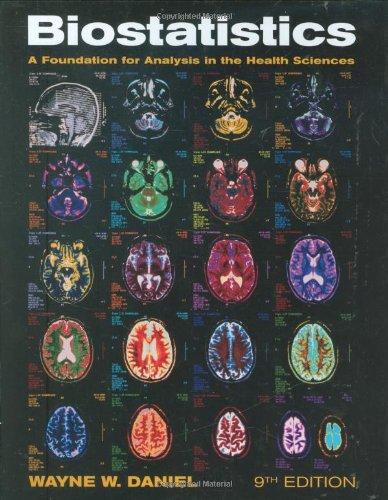For a variety of reasons, self-reported disease outcomes are frequently used without verification in epidemiologic research. In
Question:
For a variety of reasons, self-reported disease outcomes are frequently used without verification in epidemiologic research. In a study by Parikh-Patel et al. (A-12), researchers looked at the relationship between self-reported cancer cases and actual cases. They used the self-reported cancer data from a California Teachers Study and validated the cancer cases by using the California Cancer Registry data.
The following table reports their findings for breast cancer:
(a) Let A be the event of reporting breast cancer in the California Teachers Study. Find the probability of A in this study.
(b) Let B be the event of having breast cancer confirmed in the California Cancer Registry. Find the probability of B in this study.
(c) Find P1A ¨ B2
(d) Find P1A ƒ B2
(e) Find P1B ƒ A2
(f) Find the sensitivity of using self-reported breast cancer as a predictor of actual breast cancer in the California registry.
(g) Find the specificity of using self-reported breast cancer as a predictor of actual breast cancer in the California registry.
10. In a certain population the probability that a randomly selected subject will have been exposed to a certain allergen and experience a reaction to the allergen is .60. The probability is .8 that a subject exposed to the allergen will experience an allergic reaction. If a subject is selected at random from this population, what is the probability that he or she will have been exposed to the allergen?
Step by Step Answer:

Biostatistics A Foundation For Analysis In The Health Sciences
ISBN: 9780470105825
9th Edition
Authors: Wayne W. Daniel






